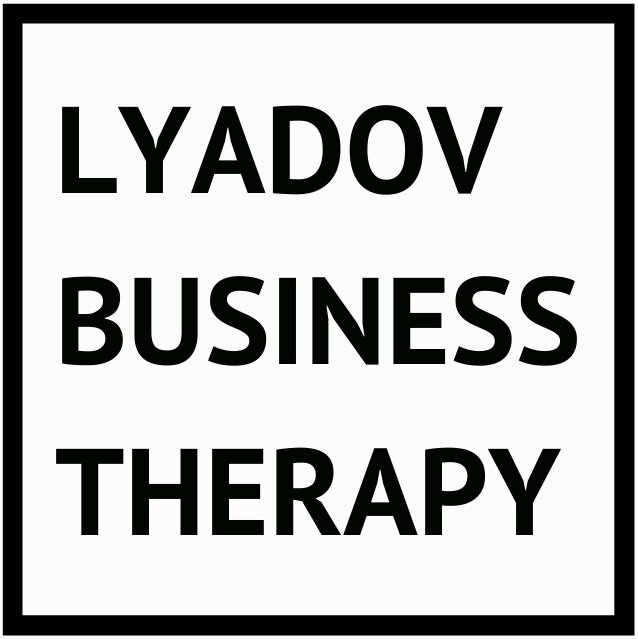You can often hear discouraging statistics that after the age of 40, a person loses about 1% of muscle mass per year, about 2-4% of strength per year, and power decreases by 8-10% per year. It sounds like a sentence. Maybe, but not for us. Listen to an interview with Dr. Andy Galpin, a professor of kinesiology at California State University and a leading global expert on methods of increasing strength, hypertrophy, and endurance: "In general human movement is a function of some sort of neuromuscular activation. So nerves have to turn on. The second part is muscles have to contract, and the third part is those muscles have to move a bone. If you want to be alive and you want to live by yourself, you have to be able to engage in human movement. You don't lose these functionalities because of aging, you lose this because of loss of training... I was reading a paper this morning. So these are folks 90 plus, and they saw improvements like 30 to 170% in things like muscle size and hypertrophy over a very short period of time (12 weeks). Resistance exercises and strength training is the number one tool to combat neuromuscular aging... This reduction in muscle strength and hypertrophy is basically ameliorated with a preservation of activity."
It turns out that the problem of loss of body functionality is not so much in objective age as in the subjective refusal of a person to regularly lift kettlebells, bands, or mace. First, the mind gives up, and only then the body. In this sense, the above-mentioned statistics resemble panicked people during a fire who rush to narrow theater doors. Yes, that's the reaction of most people, but you can act differently. And most likely, you will be pleasantly surprised at how much your potential (mind, body, spirit) is greater than you and others thought.
Similarly, companies lose functionality. Most of them are convinced with age that innovativeness, i.e., the ability to reinvent themselves, is no longer available to them. As a result of this (false) belief, there is a steady atrophy of "innovative nerves, ligaments, and muscles." Essentially, this is a self-fulfilling prophecy. Fortunately, there are founders, albeit a minority, who disagree with the general statistics. It is they who manage to achieve an optimal state when they do not lose anything they have built before, but at the same time continue to open up other markets, launch new products, in short, maintain the full functionality of the business.
Yours sincerely,
-Alexander
You can help Ukraine defend itself and the World from Russian aggression here.
”Who are you and what do you do?"
As a business therapist, I help tech founders quickly solve dilemmas at the intersection of business and personality, and boost company value as a result.
"I have an important business decision to make. Can you help me?
Reserve a time on my calendar that is convenient for you to meet with me. We'll clarify your request and discuss options for how you can help.


